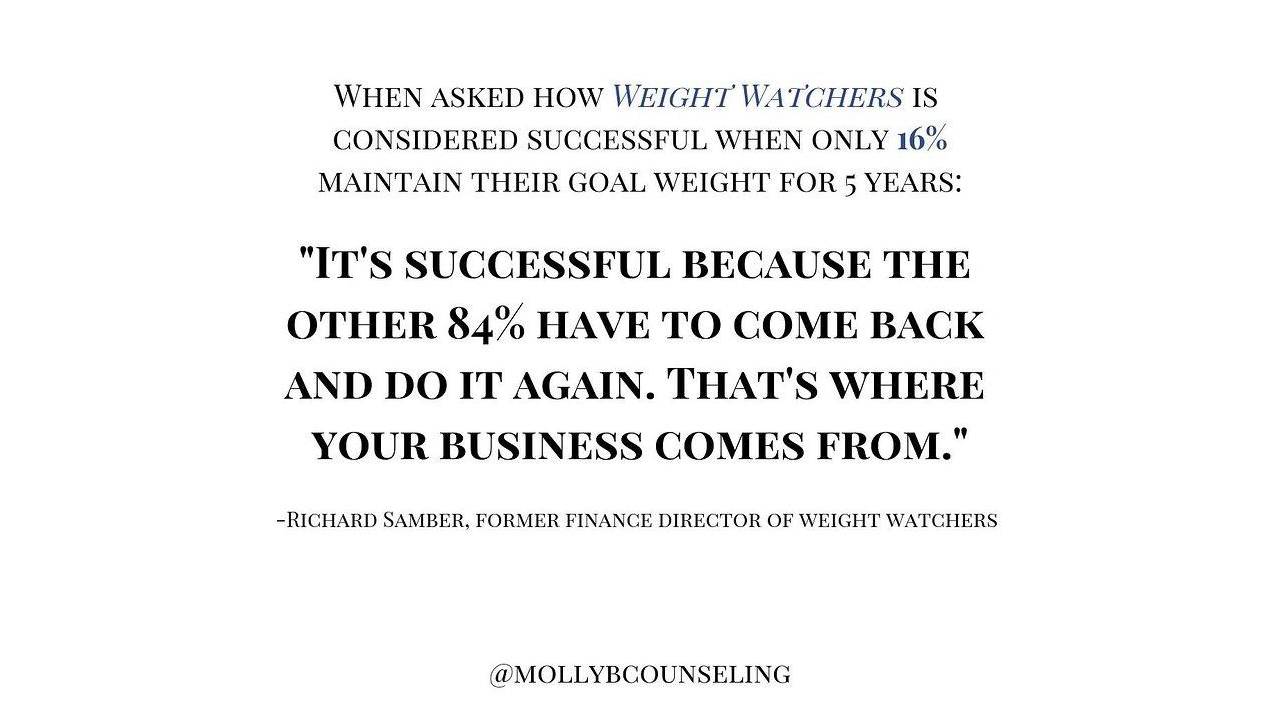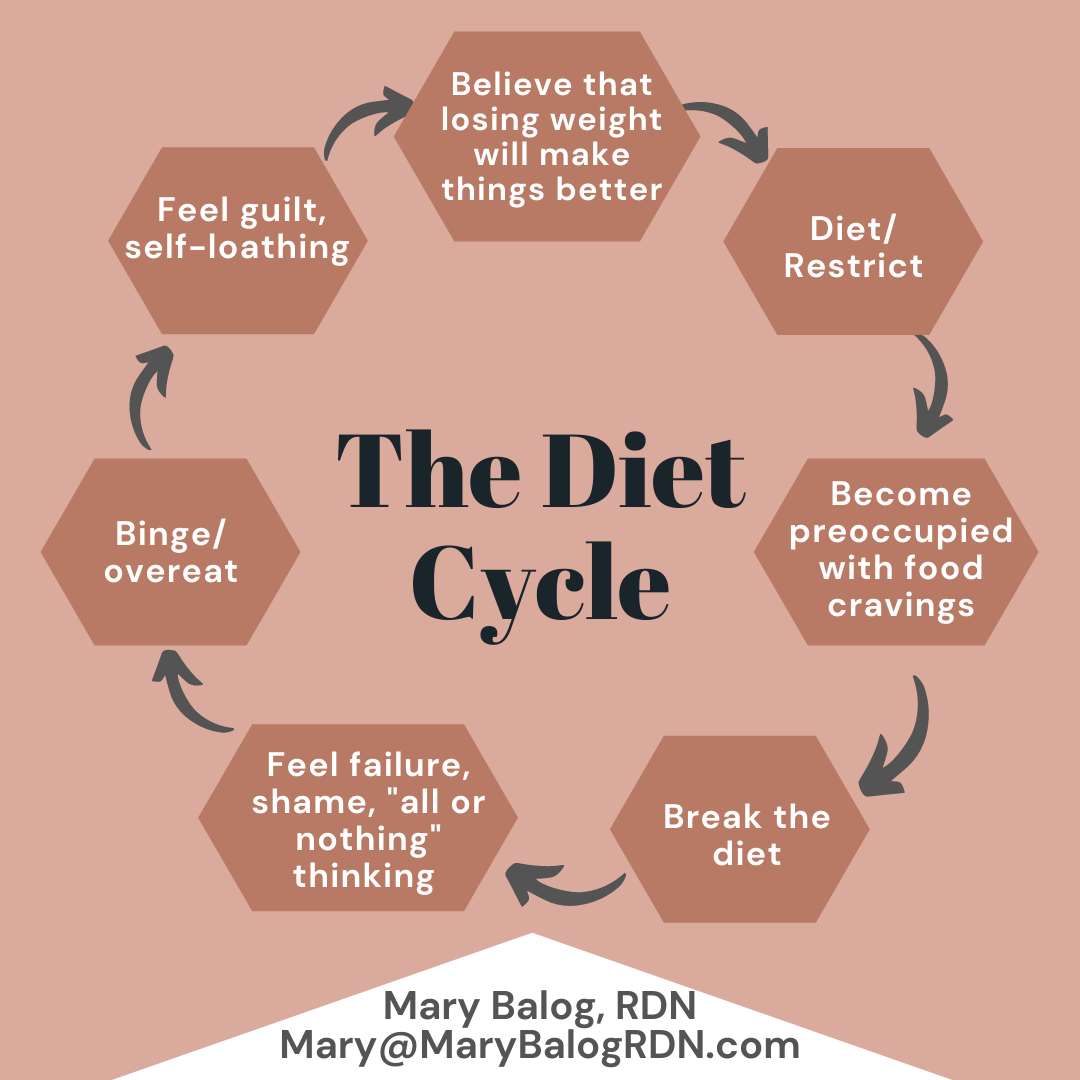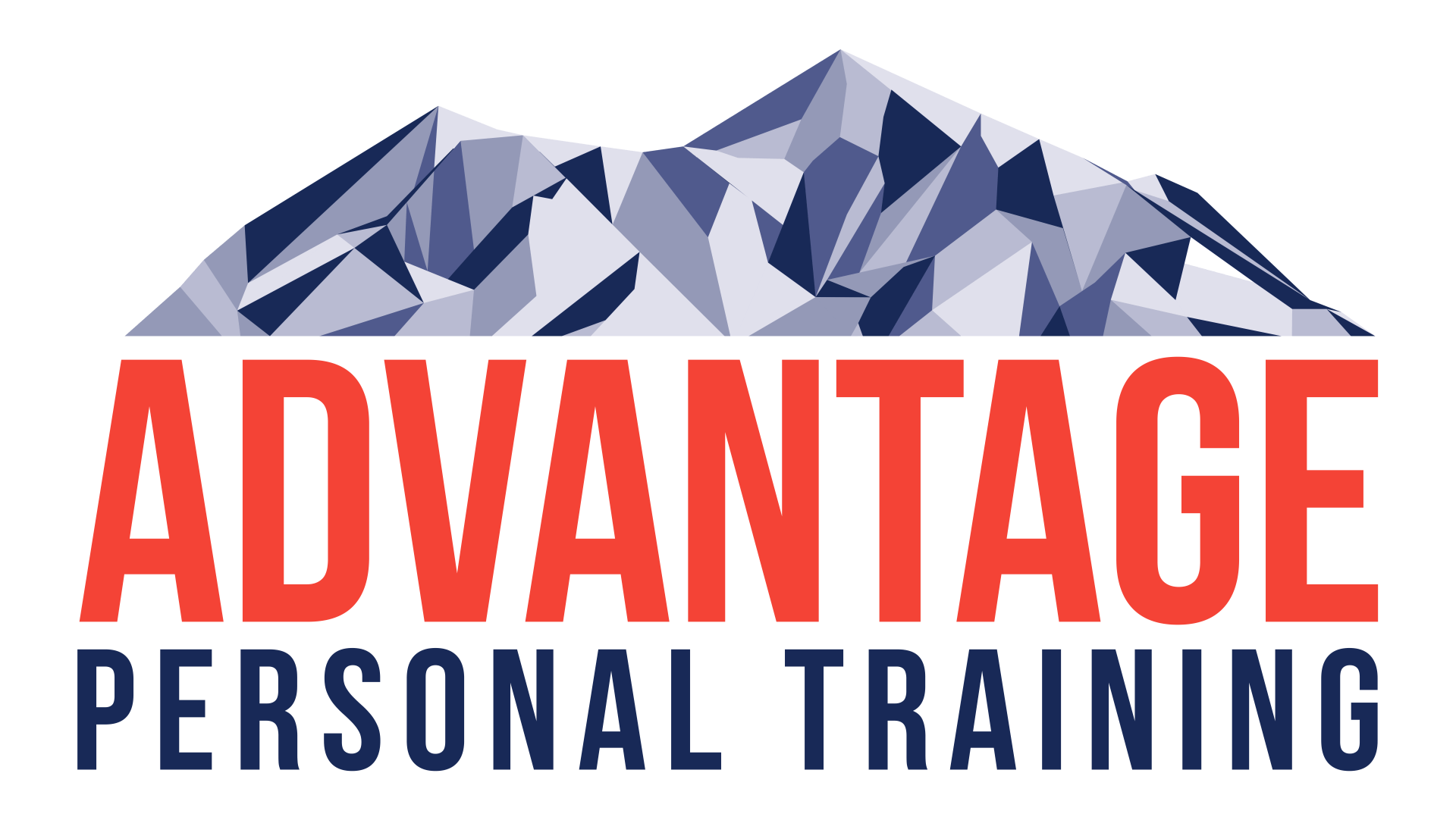Therapy Thursday: Crossed over again?
Upper Crossed Syndrome: Wreaking Have On Desk Workers and Athletes Alike.
“Stand up straight,” says everyone who is older than you when they comment on your terrible posture.
As we talked about Lower Crossed Syndrome last week, I discussed with you how common the signs of LCS are in the people that I see regularly. This includes young people and old people, desk workers and athletes, dogs and cats…well to my knowledge dogs and cats don’t have these signs and symptoms. I tried looking for our cat, but he only really likes to be seen when he’s hungry.
LCS has those hall mark signs that we discussed last week. A quick recap:
1. Short/tight hip flexors and lumbar paraspinals
2. Long/weak abs, thoracic paraspinals, and glutes.
Upper Crossed Syndrome (UCS ) is a postural deficit very similar to LCS, was coined by the same physician, and also has a few very clear signs. It is a series of muscle balance patterns located through the head and shoulder region. It can be found in desk workers, students young and old, and hockey players and other athletes alike.
UCS’s hallmark signs include tightness of the upper traps, levator scapula, suboccipitals, pec major and minor as well as weakness of the deep cervical flexors and the middle/lower traps. This pattern of muscle imbalances can lead to different types of impairments including very tight and flexed thoracic spines, joint dysfunction in the lower cervical spine leading to overuse in the mid cervical spine and difficulty in rotational aspects of neck movement at the upper cervical spine.
What do we look for?
Forward head posture
Increased cervical lordosis and thoracic kyphosis
Elevated/protracted shoulders
Rotation/winging of the scapula
What can we do to combat UCS?
Sit up straight, like your mother told you. Blog over, drop the mic and walk away.
All joking aside there are some strategies that you can use to help combat your tightness and weakness. When I start working with someone who has the signs of UCS, the starting place can differ significantly. It really depends on what the person in front of me is presenting with: shoulder pain, elbow pain, ribs, thoracic spine, neck pain, headaches, low back pain. If shoulder pain is not the main issue and they have full range of motion, I typically start with one or two of several scapular retraction exercises and pec stretching. These are the easiest ways to start getting stretched out in front and to begin getting those mid and lower traps to wake up. The exercise selection also depends on the person sitting in front of me. An athlete may get a more aggressive exercise, but in my experience the young, athletic, and strong person really isn’t strong enough to do some of things well.
If you look at yourself and say that your posture could use improvement and you don’t have any pain, here are a few exercises that may help things. These are not meant to be diagnostic and someone who is in pain should be evaluated prior to beginning any therapeutic program.
- Cervical retraction posture (find this posture and use it during most exercises that you complete the rest of this post)
- Serratus Anterior Push up Plus. If you can do this, then I would put your weight through your hand and feet. No weight on your knees.
- External Rotation w/ Scapular Squeeze. Use a mini band. This exercise is more about the scapular squeeze than the external rotation.
- Foam rolling and shoulder circles/open books for thoracic spine
If you look at yourself, say your posture could use improvement, and you’re currently in pain then maybe it is time to get check out my a medical professional. If you’re not having pain, try adding these several exercises. As we know from a previous post, pain changes the way our muscles react to stress. Look for someone with extensive orthopedic experience.
Well that wraps up our discussion of upper crossed syndrome, identifying it, and one way of beginning to correct. If you feel like you could use some help, please feel free to get in contact with me at [email protected]




Advantage Personal Training is an Ann Arbor based Family Oriented Gym, focusing on the training needs of individuals, small groups and youth athletes. Meet with a results-oriented personal trainer and put yourself on the path to a more active life!
SERVICES
CONTACT INFORMATION
Hours of Operation
Mon to Fri: 6:00 AM - 8:30 PM
Sat: 8:30 AM - 12:30 PM
Sun: CLOSED
All Rights Reserved | Advantage Personal Training






